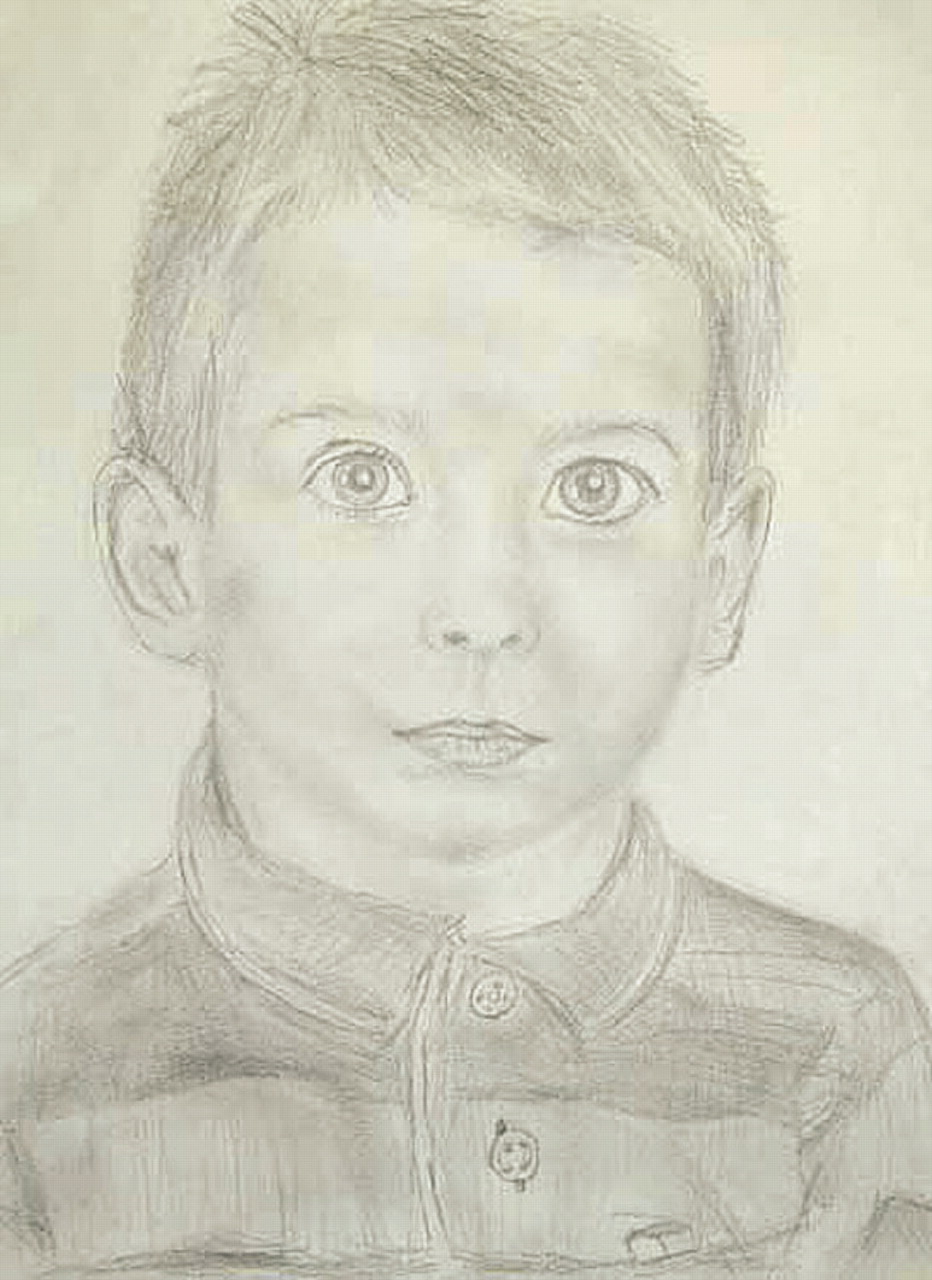Treatment Center Spotlights Art by Autistic People
The images convey feelings that often can’t be communicated otherwise—fear, isolation, and hope, for instance—but communicate they do, and with great power. The works were created by people with autism and other developmental disorders and are on display at the Medical Investigation of Neurological Disorders (MIND) Institute in Sacramento, Calif.


“Benidorm, Spain” (top) by artist Richard Wawro and “Ryan” by Rick Morrison are two of the 63 pieces of art showcased at the MIND Institute.
Last month institute staff moved into two new buildings on the medical center campus. The larger, main building houses an outpatient clinic, exam rooms, and clinician offices. A smaller, adjacent building is the home of a new laboratory where institute staff studies the causes of and treatments for developmental disorders.
Along the halls of the buildings hang fixed reminders for institute staff of why they are there: 63 pieces of art, which include sketches, watercolors, and oil paintings, by artists with developmental disorders—mostly autism—who range in age from 5 to 86.
The MIND Institute purchased the art for a competition that took place in fall 2001.
One painting, titled “The Calm,” portrays three canoes floating side by side next to a dock. “Ryan” is a pencil drawing of a young boy. Other works are striking by virtue of their attention to detail—swarms of people sitting by the sea or the many windows in a New York City skyscraper.
The art is a “window onto the challenges and frustrations the artists face on a daily basis.”
The piece that MIND Institute co-founder Chuck Gardner most identifies with is “Haircut” by child artist Reed Feshbach, who, like Gardner’s son Chas, is autistic.
While a trip to the barber is no big deal for most children, it can inspire trauma and fear in children with autism, Gardner told Psychiatric News. In the picture, a boy sits in the barber’s chair, mouth agape, with his hair standing on end. Gardener’s experience with his own son—he eventually had to learn to cut Chas’s hair himself—helped him to understand Feshbach’s drawing.
“There is a bee flying around the room, because that’s what clippers sound like.” An exit sign in the drawing means “he wants to get out of there,” Gardner remarked.
Gardner has faced his own frustration as a father of a child with autism. When he set out to learn about the disorder, he said, he found a dearth of research on autism and a shortage of treatment options for his son.
He began to speak with other parents in 1996 about his vision of an institution in which parents and researchers could work together to find a cure for autism. Together with four other fathers of autistic sons from the greater Sacramento area, Gardner set out to make his dream a reality.
In just under a year, the fathers presented a business plan to a group of scientists at UC Davis, arranged for the UC Davis Medical Center to house the MIND institute, and raised more than $6 million to get the institute off the ground.
And that was just the beginning. Since then, the fathers have raised $80 million for the MIND Institute from the California state legislature, private sources, and UC Davis. While this seems like a fortune, Gardner said, “it is only a drop in the bucket in terms of what we need to find a cure” for autism and other developmental disorders. He estimated that a cure carries a price tag of tens of billions of dollars.
Gardner remains involved with the MIND Institute as a fundraiser, advocate, and member of its research committee. He also helped to find and purchase the art that hangs in the new buildings. The art, he said, helps institute staff to focus on their aims and keep the important questions in mind: How can a person with autism create art with breathtaking detail yet “have difficulty holding a pencil or participating in even simple conversation?”
More information about the MIND Institute is posted on the Web at mindinstitute.ucdmc.ucdavis.edu/. The art can be viewed online at news.ucdmc.ucdavis.edu/images/mind/artists.html. ▪



